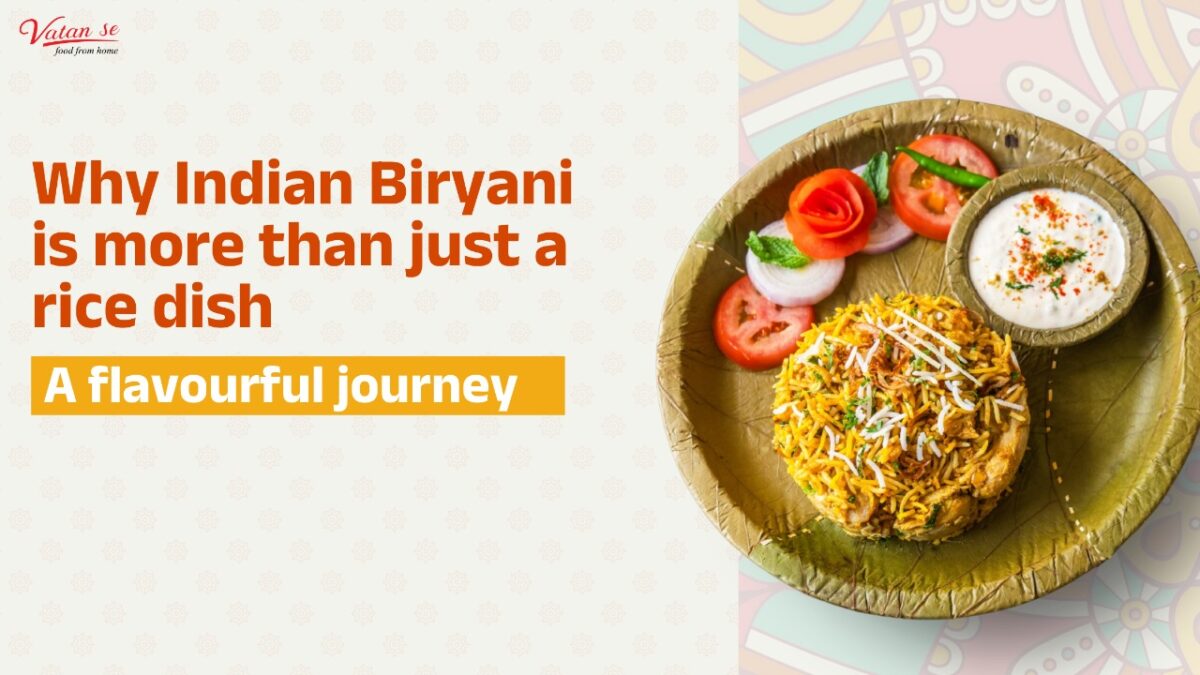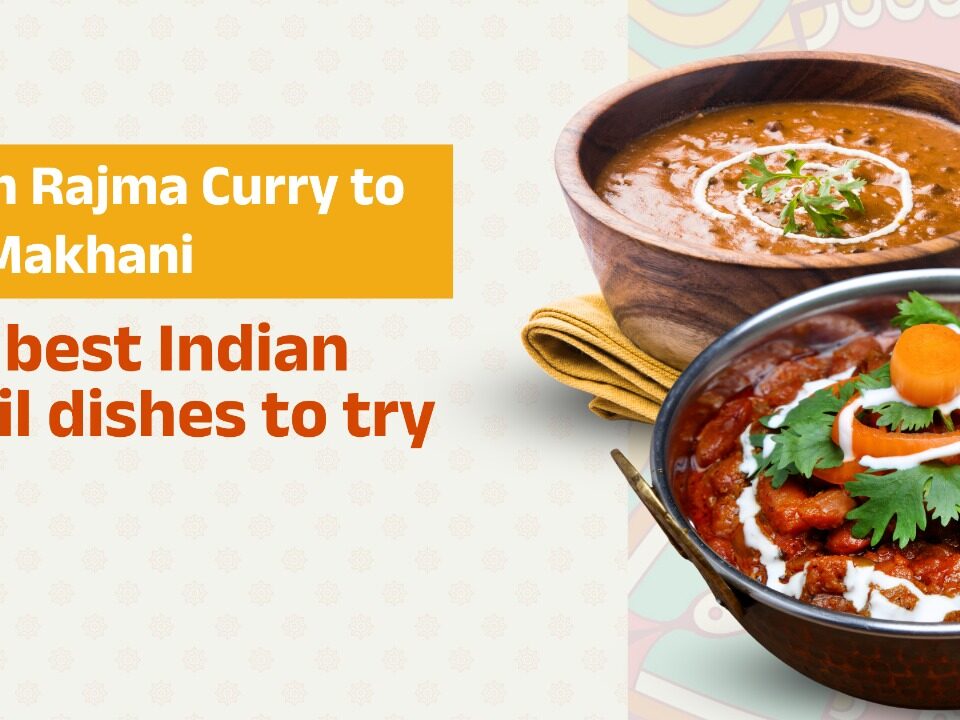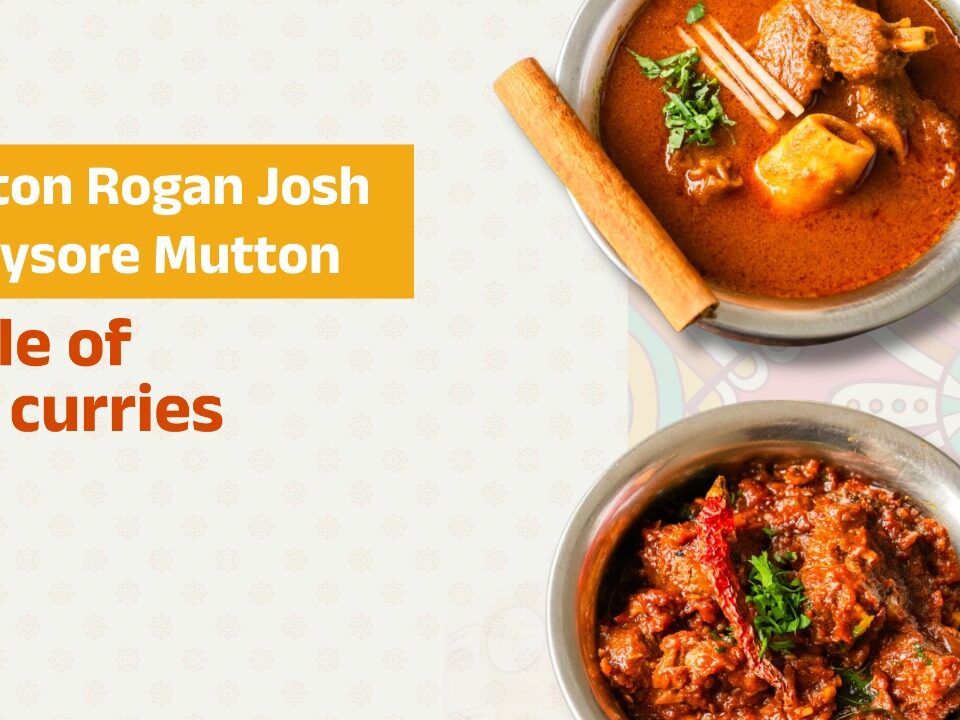
Mutton Rogan Josh vs Mysore Mutton – A Tale of Two Curries
March 24, 2025
From Rajma Curry to Daal Makhni: The Best Indian Lentil Dishes to Try
May 26, 2025Across India, biryani is more than a recipe. It’s a method, a tradition, and in many homes, a weekend ritual. Though commonly referred to as a rice dish, biryani carries layers of culture, technique, and regional pride—each variation with its own distinct identity.
Whether you grew up with the subtle aroma of Chicken biryani or the bold heat of Mutton dum, the dish has a way of staying with you long after the plate is empty.
Biryani Culture in India
The role of biryani in Indian cuisine goes far beyond occasion-based cooking. It’s found in street-side stalls, celebratory feasts, packed lunch boxes, and quiet dinners alike. There’s no singular recipe, yet there’s a shared understanding of what makes a good one: balance, patience, and properly cooked layers.
From the north to the south, biryani connects people through familiar preparation styles—washed basmati rice, marinated ingredients, a blend of traditional spices, and a slow cooking process that locks in both aroma and texture.
Regional Varieties and Their Signatures
India doesn’t serve one biryani—it serves dozens. Each one has a reason behind its flavour, ingredient choice, and method. These are some of the ones that we take pride in serving on our menu.
- Chicken Dum Biryani: Tender chicken pieces layered with fragrant basmati rice and aromatic spices, slow-cooked to perfection for a rich and flavorful experience.
- Mutton Dum Biryani: Succulent mutton infused with a blend of traditional spices and basmati rice, sealed and slow-cooked to capture authentic flavors in every bite.
These famous biryani dishes aren’t meant to compete—they reflect the diversity of biryani in India. The spices used, the cooking techniques, and even the rice itself differ from region to region. At VatanSe, we serve the most authentic biryanis that taste familiar, just like “Vatan Se”.
Spices and Ingredients Used in Biryani
At its core, a traditional biryani begins with layered rice and a marinated base, usually meat or fish. The seasoning is where nuance matters.
At Vatan Se, we keep the masalas clean, familiar, and effective.
- Deggi Mirch adds warmth and gentle colour to the rice without making it overly hot.
- Garam Masala, added near the end of cooking, rounds off the flavour, slightly earthy, mildly fragrant.
- Kuti Mirch, if used in small amounts, lends a mild texture and gentle spice burst.
These are not overpowering. They’re placed carefully to let the ingredients speak while adding just enough structure to the overall taste.
Other essentials include haldi, whole spices like cardamom and cinnamon, saffron or kewra water (in some styles), and fried onions for garnish.
Cooking Techniques That Matter
Biryani isn’t stirred. It’s achieved.
The rice is half-cooked separately, the meat or vegetables are already marinated, and the layers go one over the other—gently, without pressure. Once assembled, the pot is sealed and cooked slowly. The steam does the rest.
Whether it’s the dum technique in Hyderabad or the oven-bake style used abroad, the core principle is slow cooking and sealed aroma.
More Than a Dish
It’s easy to refer to biryani as just a rice dish. But once you see the steps, the patience, and the history behind it, you realise it’s much more. It represents a shared experience, something that’s different in every home but respected everywhere.
At Vatan Se, we treat biryani the way it’s meant to be. Layered properly, cooked slowly, and spiced only where it belongs.
So the next time someone calls it just rice, you’ll know what to say, and maybe share a plate while you’re at it.




